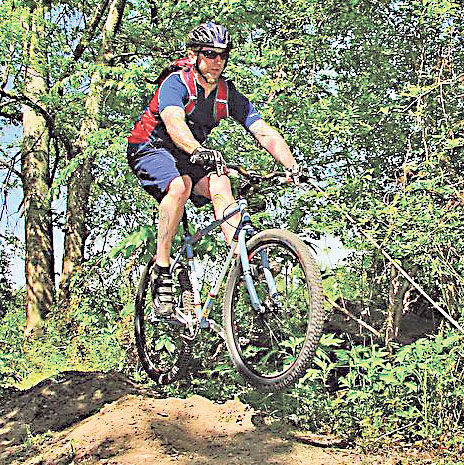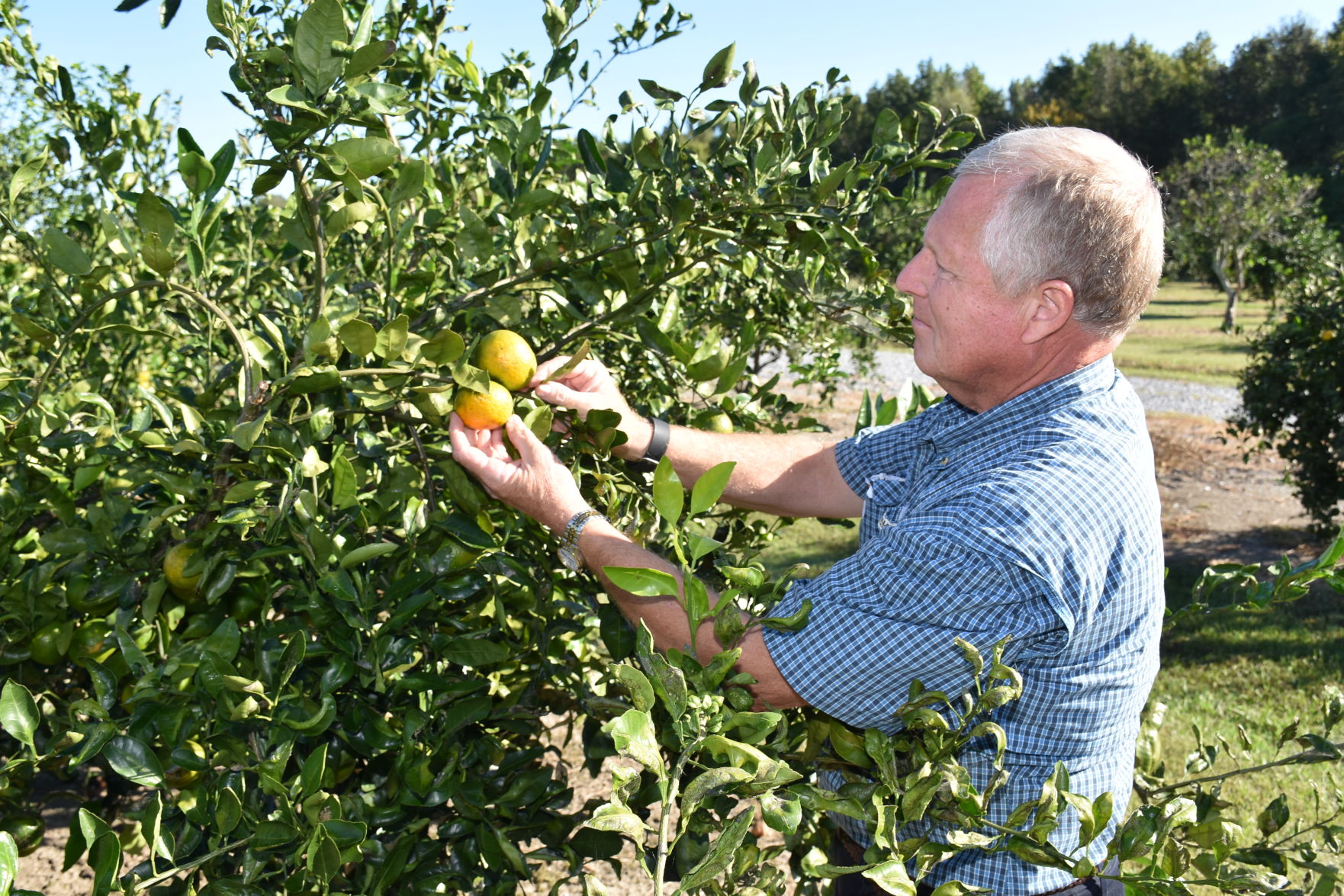OUR VIEW: Voting underway
October 26, 2016
Cycling growing for adults, but not for children
October 26, 2016As the weather in south Louisiana finally releases the summer temperatures, the request for citrus continues to increase.
Over the past few weeks growers in south Louisiana have begun picking and marketing their produce, said LSU AgCenter county agent Barton Joffrion.
Growers are seeing this year’s crop coming in on time and in good shape, Joffrion said.
“This year’s crop is looking pretty good with lots of fruit on the trees,” he said. However, several parishes are experiencing problems with citrus canker, which is a devastating bacterial disease of citrus.
Currently, the entire parishes of Orleans and St. Bernard and portions of Jefferson, St. Charles, Lafourche and Plaquemines parishes are quarantined for citrus canker.
About a month ago, the disease was found throughout Plaquemines Parish and in two locations in St. John the Baptist Parish.
“We don’t have as many growers here in Terrebonne as some of the other parishes, but the growers that we have left seem to be in for a good citrus crop,” Joffrion said.
Among the major problems facing the industry are the age of trees and the age of the growers.
Many areas that once grew citrus have been sold to developers for subdivisions and other building projects.
Joffrion said Terrebonne Parish now has about seven commercial growers, instead of as many as 12 over 10 years ago.
“The problem is about the same as in other agricultural enterprises,” Joffrion said. “The children of the current growers don’t seem to have an interest in continuing in the business.”
When looking at the issue of getting labor to pick to crop and the influx of debilitating diseases of recent years, it’s understandable why the industry is dwindling, he said.
Some consumers are turned off by the green color of the satsumas, thinking they are not ripe, but color can be deceptive when it comes to citrus.
Before citrus is allowed to be sold by the Louisiana Department of Agriculture and Forestry, the fruit must meet the minimum maturity test for sweetness, which has little to do with fruit color.
“LDAF will come out and take a representative sample from a grove, do the test and let the grower know whether their citrus is ready to market,” Joffrion said.
It’s really not possible to determine ripeness by just looking at the fruit, he said. Satsumas can be harvested once the color starts to change from green to yellow. They do not have to be orange.
Some people like satsumas more tart and others like them sweeter. Growers use a meter to determine sweetness and harvest satsumas based on sugar content.
It is hard to pinpoint the harvest date on a calendar because every year is different, and the harvest date can be two weeks either way, Joffrion said. “Just use the old taste test to determine when your satsumas fill your sweet tooth, and they are ready for harvest.”
Some people have been somewhat successful with growing navel oranges, but the fruit are more prone to freezing.
Citrus canker is a serious disease of citrus and directly threatens the survival of Louisiana’s citrus nursery stock and fruit industry. It causes defoliation, premature fruit drop, blemished fruit and tree decline.
Severely infected trees ultimately may stop producing fruit, said LSU AgCenter “Plant Doctor” Raj Singh.
Citrus canker may spread and develop rapidly in Louisiana’s favorable hot and humid climate. No effective treatments can eliminate the disease after infection.
All citrus varieties are susceptible, although some varieties are less susceptible than others, Singh said.
LSU AgCenter county agent Barton Joffrion checks satsumas for signs of disease in a Terrebonne Parish citrus grove. Harvest has begun, and he says the crop is looking good. (Photo by Johnny Morgan, LSU AgCenter)










